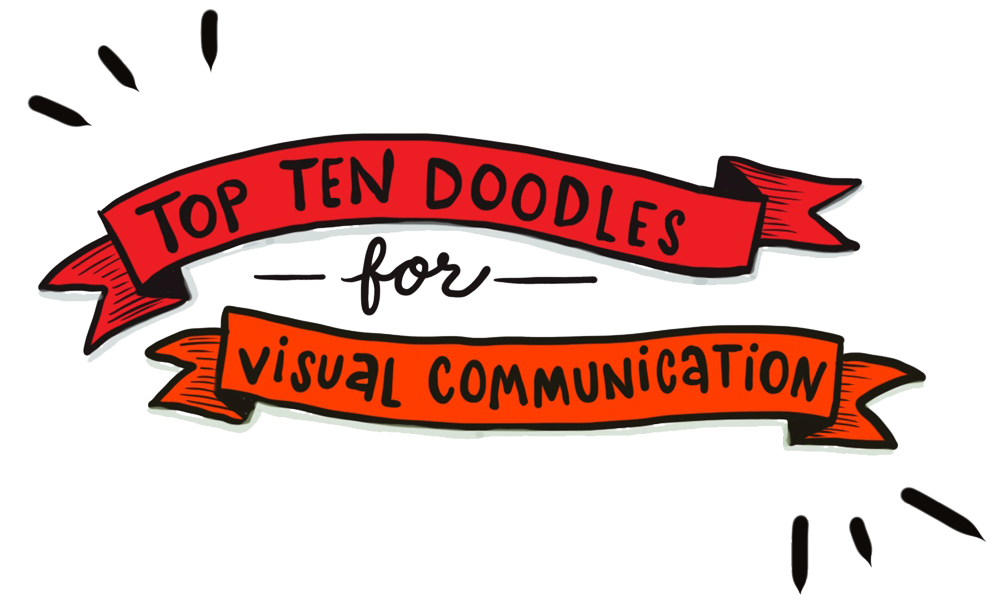I was honored to be a guest post-er last week on Kivi’s Nonprofit Communications Blog. The title is Part II because Kivi had addressed the topic earlier in April, here.
……
I met Julia Reich at the NTC conference (at the 501 Tech NYC Happy Hour to be exact) and being the nonprofit marketing geeks we are, we started talking about the struggles that nonprofits face with design. We seemed to take a similar approach, so I asked Julia to guest blog for us. Her first post follows up on the discussion I started about style guides earlier this month by providing you with some real-life examples.
It’s not unusual that as an organization grows, your communication materials are created by various people. Before you know it, there’s five different versions of letterhead circulating around the office and your blue logo varies in shade from green to purple.
Consistency is Key. Inconsistency can be a problem. It’s crucial for a nonprofit to not only communicate their message clearly – what they do, how they do it, and who they do it for – but also to represent themselves visually in a consistent manner, so donors and other stakeholders will have an easier time recognizing your good work and understanding the case for supporting you. If you don’t communicate what your nonprofit stands for, intelligibly and distinctly, your audiences may become confused.
Style Guide Rules (or, Style Guides Rule!) Whenever my firm works on a branding project, our final deliverable is always a Graphic Design Style Guide (alternately referred to as Brand Standards or Brand Guidelines, if messaging and positioning were part of the branding process). The overarching need for such a manual is so that internally, your organization has a set of rules by which to create consistent communications collateral. The rules apply similarly to print and web usage – and Powerpoint, signage, a mug, the side of a truck, and any other media you can think of – although the specifics across media may vary. In essence, the Style Guide protects your organization’s message and your image.
Training Ensures Buy-In. Staff may need some instruction on how to implement their new style rules. For instance, along with the Style Guide, our clients receive a CD with their new logo in every possible file format necessary for usage with the above media. And while the manual explains when and where it’s appropriate to use each file, some explanation could be helpful for those not familiar with print production processes, or web standards. Training will also aid in getting everyone on board, ensuring buy-in throughout the organization for your new, or newly revised, visual identity.
Real Life Examples. Kivi’s post from April 12 was spot-on in terms of what is typically included in this document: logo usage, color palette, typefaces, and layout templates. If you’re a visual thinker like I am, it might be helpful to see examples of what this means. To that end, here are a few examples from style guides we’ve created over the years:




